Interview with Dawn Davis, author of 'The Tree of Life'
Dawn
Davis is a writer living and working in Toronto, Canada. Before becoming a
writer, Davis worked as a teacher after completing her
education at York University and the University of Toronto.
The
Tree of Life is Davis’s debut novel, and the
first book in her Tower Room series.
For
More Information
About
the Book:
Title: The
Tree of Life
Author: Dawn Davis
Publisher: Friesen Press
Pages: 304
Genre: Historical Fiction
Author: Dawn Davis
Publisher: Friesen Press
Pages: 304
Genre: Historical Fiction
Two
accidental time travelers explore Canada in 1939 in THE TREE OF LIFE, the first installment
in the Tower Room series by Dawn Davis.
As
THE TREE OF LIFE opens, Charlotte
Hansen and her friend, Henry Jacobs, are hanging out in the old mansion where
Charlotte and Leo, her grandfather, live. Henry is there to practice the piano,
and Charlotte is waiting for him to
finish so that she can supervise his work on a massive school project
researching the 1930s. When Leo leaves the house to pick up his friend
Gwendolyn Fenton—whom Charlotte does not like—the two eleven-year-olds prepare
tea and cookies for the grown-ups’ visit and then rush to the Tower Room. The
room is located on the top floor of the mansion. Charlotte is not allowed in the
room without permission; but she is headstrong and ignores the directive. After
leaving the tray of tea and sweets on the tabletop, Charlotte pulls Henry underneath
the table with her.
The
children soon hear Gwendolyn telling Leo about a magical brooch from her
childhood. Suddenly, a large hand grabs Charlotte, who clutches Henry tightly
before the hand thrusts the pair into nothingness. After Charlotte regains consciousness,
she and Henry meet the younger version of Gwendolyn, a spoiled force of nature
determined to appropriate the brooch her late mother left her brother. The
friends learn that they are still in Rose Park, the neighborhood they both call
home, but the year is 1939.
As
Charlotte and Henry realize that they have traveled backward to move forward,
the purpose of their time travel is revealed: Charlotte is there to help
Gwendolyn resolve the pain of her past. During the adventure, Henry advocates
against the anti-Semitism and racism of that time, and Charlotte learns to look beyond her
own desires to help a person in need.
The
idea for THE TREE OF LIFE and the
Tower Room series came to the author after she attended a centennial
celebration at her daughters’ school. “What might happen,” Davis thought, “if two
children lived their research instead of simply reading about it? This one step
outside the restrictions of time became the foundation for the series.”
As
in THE TREE OF LIFE, the next three
books will highlight different time periods in Canadian history, with the one
constant being the appearance of Charlotte and Henry. Although the children
will appear in each book with different names and bodies, they will be easily
recognizable as eternal soul mates, and the harbingers of love and connection
for those who have stumbled and lost their way.
For More Information
- The Tree of Life is available at Amazon.
- Pick up your copy at Barnes & Noble.
- Discuss this book at PUYB Virtual Book Club at Goodreads.
Q: Welcome
to The Writer's Life, Dawn. Can
you tell us how long you’ve been writing and how your journey led to writing
your latest book, The Tree of Life?
A: I have
been writing most of my life. I kept a diary when I was young, later I wrote
poems, plays, short stories, letters, comedy sketches, articles, reflections,
and two detective novels. Writing has always been a way for me to try and
understand my place in the world. The act itself can be frustrating, time
consuming, a source of irritation at not finding the right words but near
impossible to abandon. Writing was never my career. It was simply a weird
necessity, a way of listening to my inner most thoughts.
The Tree
of Life is
my first published novel. The journey of writing it began by chance.
In 1999 the public school my daughters attended
had a centennial celebration. The classrooms were turned into decade rooms,
full of clothes, pictures, news reports, books, music and other items
appropriate to each decade in the twentieth century. The children were involved
in collecting and researching the decade chosen for their classroom. I found
this fascinating, a way to bring history to life that was interactive and
fun! In my mind I took it a step further
and began to think what it might be like to travel back to a specific day or
week in the decade being researched and live the life that was happening at the
time. What would a typical classroom look like? What transportation existed?
How much did food cost? What sort of entertainment was available?
Busy with my young children and my job I let
this fantasy go only to find it returning many years later when I was out for a
walk. Suddenly I heard in my head two
eleven-year-old
children who were clamoring for my attention. They informed me they made the
trip back in time, the journey I dreamed of making. And they needed to tell me
all about it – they needed to explain why they were thrust back, what they
learned, and how it changed them. Charlotte talked about shopping for clothes
in the bargain basement at Eaton’s, delivering milk on the Simpson milk wagons
for a nickel, learning the Lindy Hop, wearing a hateful dress to school because
girls were not allowed to wear pants, riding the Peter De Witt streetcar and
travelling to Centre Island on the ferry boat. Henry told me how much he
enjoyed school in 1939, how he found a friend named Lukas who was just like
him, how he loved carrying around a leather satchel, how he suddenly wasn’t
allergic to anything the way he was in 1999, and how shocked he was to discover
a deep vein of anti-Semitism that hurt not only him but Sarah, the woman who
became a mentor for both Charlotte and Henry in the long ago Toronto of 1939, a
city polarized and a country on the verge of war.
But primarily the children were interested in
telling me a story about a brooch that had been missing for 60 years and how
they were instrumental in recovering it and transforming not only the life of
Gwendolyn MacFarlane but their own lives as well.
Charlotte and Henry assured me that every good
deed we do, even if that deed is for someone we don’t like, has the possibility
of growing and changing many lives far into the future.
This journey will continue with three more books
in The Tower Room series. And it all began with a centennial celebration.
Q: How did
you choose your title and was it your first choice?
A: My
first choice for this book was: I’ll Be
Seeing You from the song of the same name, published in 1939, music by
Sammy Fain and lyrics by Irving Kahal.
My second choice for this book was: Songs
of Childhood, Robert Schumann’s 13 pieces for piano (Kinderszenen). These songs are referenced throughout the
book and played by both Henry and Charlie MacFarlane.
My third choice for the book was: The
Millennium Project because it begins in 1999 and is a transformative experience
for the two children.
My editor at Friesen Press made the final choice
for me: The Tree of Life – Book
One of the Tower Room Series.
I like all the titles but this last one is the
most appropriate.
Q: We all
know that publishers can’t do all of the publicity and that some lies on the
author. What has your publisher done so
far to publicize the book and what have you done?
A: My publisher set up the Webbly page – www.towerroomseries.com and sent me
a lot of material to consider for promoting the book myself. I didn’t have a
Facebook page but I do now and it is linked to the Weebly page. Also Friesen got me two reviews from Clarion
and Kirkus. The reviews are on the
Weebly page with excerpts on Amazon. Friesen also referred me to Charlie
Barrett, a publicist in L.A.
I will be setting up a Twitter page so I can
comment on the progress of the next book in this series and answer any
questions that readers might have.
Q: Open to
a random page in your book. Can you tell
us what is happening?
A: page 151:
the children have arrived at the MacFarlane summer home on Centre Island. On their way to the house they see the “No
Jews Allowed” signs posted on trees and on the grass and devise a plan to
remove the signs once it gets dark. Gwendolyn MacFarlane is not keen to do this
but she agrees to consider the suggestion – since she is most familiar with the
Island she is asked to draw a
map so the scouts will know the location of every sign. Charlotte’s job is to find a
suitable place to dump the signs where they cannot be found. This is the first
time since arriving in Toronto, 1939, that Henry steps
forward with a plan of his own and Charlotte is pleased that he has
grown a spine.
Q: Do you
plan subsequent books?
A: Yes. My plan is to write three more books
documenting the travels of Charlotte’s family. The next will
tell the story of Charlotte’s grandfather Leo’s
first trip, the next will follow Charlotte’s great-aunt Dilys
Frank’s travels and the last will explain the magic alive in the Tower Room,
and the peculiar black and white photographs that adorn the walls by showcasing
Gus Frank’s first adventure. Charlotte
and Henry will be present in each story, inhabiting different bodies but easily
recognizable. If we have lived before,
which Charlotte and Henry certainly have, then we return again and again with
the people we love.
After that I would like to return to Charlotte and Henry, and what
happens to them after the conclusion of The
Tree of Life.
Q: What is
the one thing you learned about your book AFTER it was published?
A: Writing the book is the real adventure and
when I first saw it in print I realized I was looking at the map of a very long
trip I had taken.
Q: What is
your most favorite time of the day or night to write?
A: My favorite time to write is in the morning
when I feel the freshest.
Q: What is
usually better – the book or the movie?
A: I often think the book is better but there
are movies that have come close: Gone
with the Wind, Sophie’s Choice, The Life of Pi, Slaughter House Five, The
Apprenticeship of Duddy Kravitz, Auntie Mame.
These movies have captured the essence and spirit of the writing and
told the story without changing the details.
Q: You’re about to write your next book. What did you learn from your previous book to
help you write your next book?
A: I have learned the following:
I will not go back and endlessly correct the
first draft until the entire draft is done. I have learned that inspiration
comes as I move forward.
Research is important but I do not need to use
everything I find.
I will do a lot of thinking and have an overview
and outline in mind before I begin.
I will write as much as I want and as freely as
I want the first time round but when I start the second draft and every draft
thereafter I will keep in mind that less is always more. I will try to make
every word count.
Q:
Finally, what’s your best tip you can give to writers who want to be published?
A: It is extremely difficult to get a publisher
to read your book if you are unknown (like me).
If you are young and have lots of time, try to find a publisher. If you
don’t want to wait, my advice is to self-publish. Friesen Press was wonderful to me. There are
many sites available on the computer to help you raise money to self-publish
and there are many different self-publishing packages.
Q: Thank
you for your interview, Dawn. Do you
have any final words?
A: Thank you!









































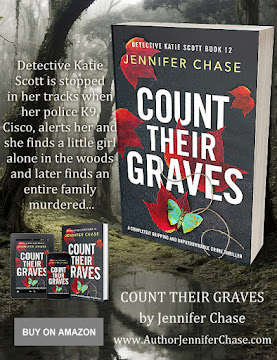






























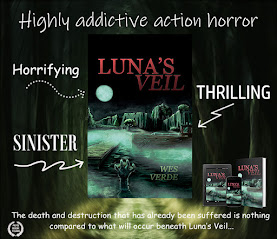
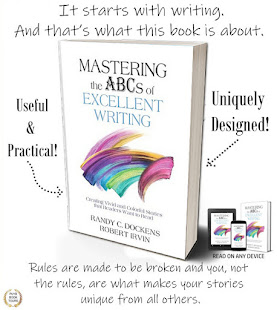
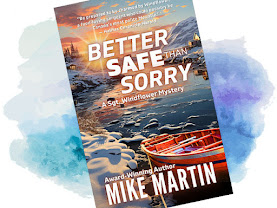
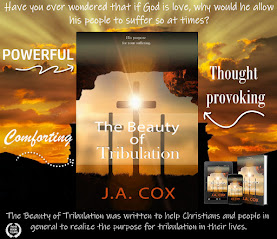













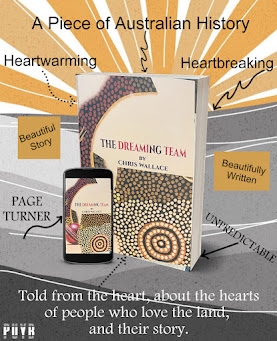




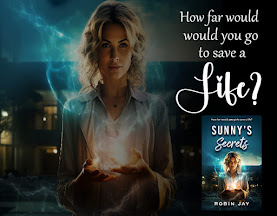








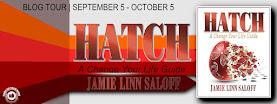

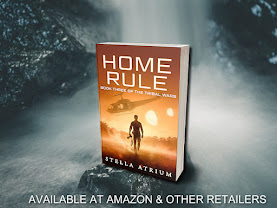

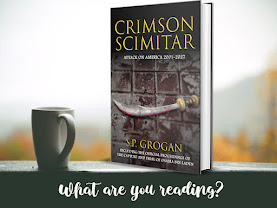


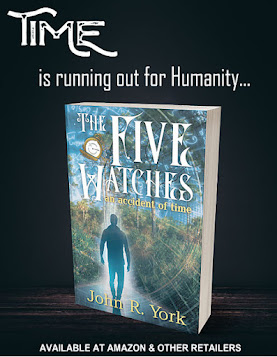

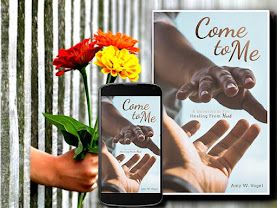



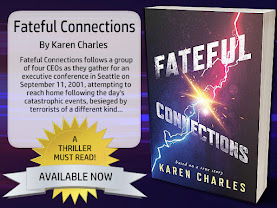


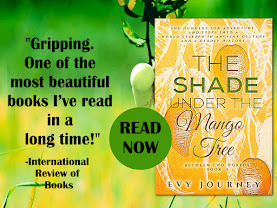



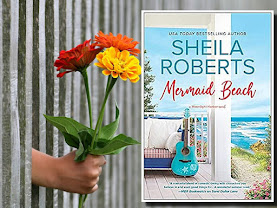



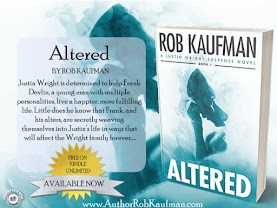
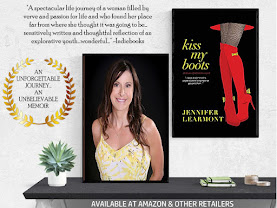
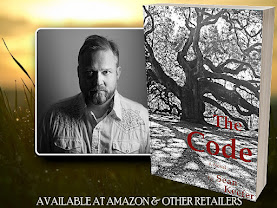

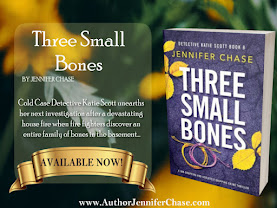

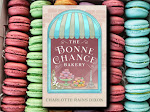
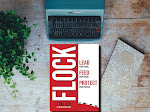


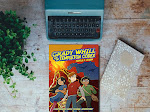


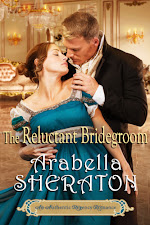
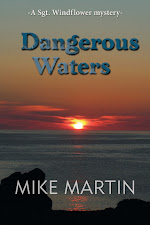

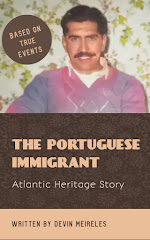

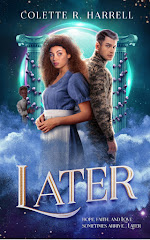
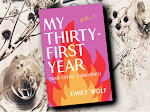
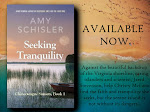


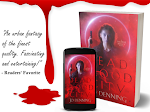


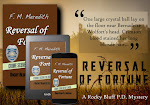

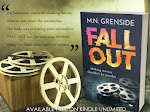


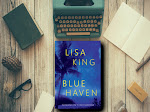




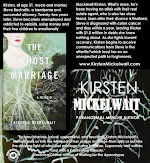

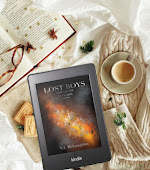
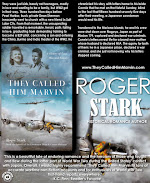

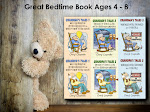

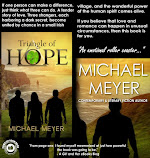
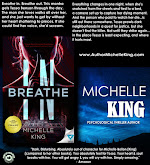
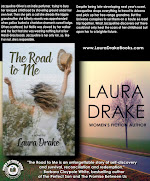


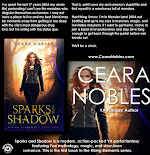
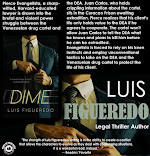

























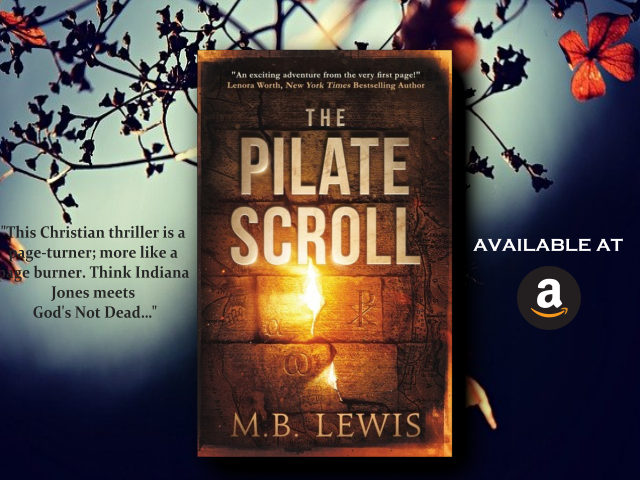













Leave a Comment